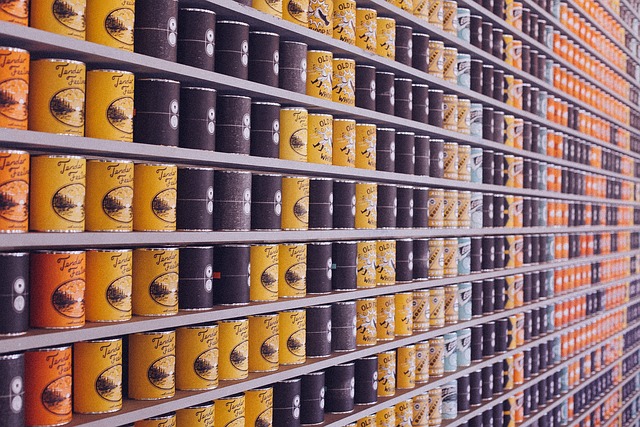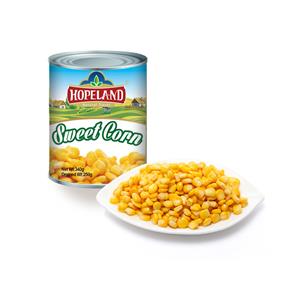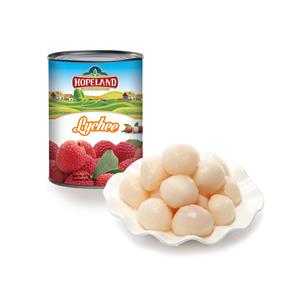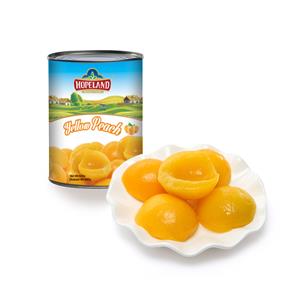Understanding the Safety of Canned Food: A Comprehensive Overview
When evaluating food safety, the primary focus must be on identifying and understanding potential hazards. Researchers worldwide have categorized these hazards into three main types: biological, physical, and chemical. Among these, biological hazards are considered the most significant, particularly in processed foods. However, efforts to eliminate biological risks can sometimes lead to increased physical and chemical hazards if not handled properly. For instance, chemical preservatives are often added to processed foods to prevent microbial hazards, but overuse or misuse of these preservatives can introduce new chemical risks. Therefore, the safety of processed foods is closely tied to the methods used in their processing, with the chosen processing technique playing a critical role in determining the overall safety of the food.
Assessing Safety Risks in Processed Foods

In today’s world, it’s common to evaluate and rank potential safety risks associated with different processed foods. Food processing is a fundamental aspect of food commercialization and a reflection of human civilization. It involves ensuring that food remains safe while preserving its nutritional value, flavor, taste, and shelf life. Of these characteristics, shelf life is particularly crucial in processed foods. To extend shelf life, humans have developed various food processing and preservation methods, such as pickling, drying, fermentation, and freezing. However, these methods often fall short of meeting the demands of modern society. Over 200 years ago, the invention of the can revolutionized food processing, leading to the widespread use of canned food in international trade today.
Since the advent of microbiology, it has been understood that microorganisms can cause food spoilage and even foodborne illnesses. As a result, food sterilization and preservation have become essential components of food processing. Experts like Academician Chen Junshi from the Chinese Academy of Engineering have consistently emphasized that biological hazards, primarily from bacteria and their toxins, pose the greatest threat to food safety.
The Role of Microorganisms in Food Safety
Bacteria require nutrients, water, suitable environmental conditions (such as temperature and pH), and oxygen (in the case of aerophilic bacteria) to grow and reproduce. Most bacteria found in the environment are aerophilic. To effectively control microbial hazards in food, processed foods are categorized based on their water activity and pH levels into high-acid foods, acidified foods, and low-acid foods. For instance, low-acid and acidified foods intended for export to the U.S. must undergo a safety assessment and registration process.
Based on these bacterial characteristics, processed foods can be broadly classified into two categories: bactericidal processed foods and bacteriostatic processed foods. While this classification has not been widely proposed, it effectively encompasses all processed foods available on the market today. The U.S. Food and Drug Administration (FDA) does not require registration for processed foods with a water activity below 0.85, high-acid foods, alcoholic beverages, fermented foods, and others that achieve antibacterial effects by controlling bacterial growth conditions. Bacteriostatic processing methods also include techniques like salt pickling, vacuum freeze-drying, and low-temperature sterilization with preservatives.
Evaluating the Safety of Processed Foods
Processed foods can also be categorized based on their storage requirements into ambient (room temperature) foods and cold chain foods. Cold chain foods rely on temperature control to inhibit bacterial growth, making them bacteriostatic. In contrast, processed foods stored at room temperature often achieve longer shelf life through a combination of sterilization and bacteriostasis. The most common sterilization method is thermal sterilization, which can involve high temperatures to kill even spores or more moderate atmospheric sterilization. After sterilization, pH control, water activity control, and preservatives are used to ensure a certain shelf life.
From a safety perspective, these food processing methods can reliably ensure food safety when performed according to established guidelines. However, no method is entirely without risk. For instance, while pH control is effective, its application is naturally limited. To counteract the sour taste that can result from pH adjustments, sugar is often added to improve palatability. Traditional bacteriostatic preservation methods, such as drying or salting, also have limitations, as they no longer align with modern dietary preferences. The most prevalent bacteriostatic processed foods on the market today are those with added preservatives.
The Safety of Food Preservatives and Canned Foods
According to authoritative experts, food preservatives are safe when used as prescribed. However, the misuse of preservatives can pose food safety risks. The definition of "misuse" is complex. For example, some foods contain multiple preservatives, each within the legal limit, but their combined effect could be considered excessive. Under current Chinese standards, this does not necessarily qualify as "misuse," but if any single preservative exceeds the legal limit, it is deemed as such. This situation highlights the challenges in regulating preservative use. While it is generally accepted that consuming foods with multiple preservatives carries a higher risk than consuming preservative-free foods, the true impact on food safety remains a subject of ongoing debate.
The safety of food preservatives can also be questioned based on their potential indirect effects. Preservatives inhibit bacterial growth, which is why they are effective in food preservation. However, when consumed in large quantities, preservatives may also affect the balance of intestinal bacteria, leading to disturbances in the gut flora. While the risk may be small, it is a concern that should not be overlooked. Consequently, food processing methods that do not require preservatives are generally considered to offer a higher level of food safety.
Considering these points, it is reassuring to note that the processing methods used by Lixing Company, which include vacuum sealing and sterilization for canned foods, are among the safest. These methods allow canned foods to maintain a long shelf life at room temperature without the need for preservatives. Another example of safe processing is vacuum freeze-drying, which combines sterilization and bacteriostasis.
Conclusion: The Safety of Canned Foods
The safety of canned food is well-supported by extensive evidence. By the end of 2015, China had exported 50 million tons of canned food since its founding, with a cumulative export value exceeding $60 billion. Remarkably, there has never been a major food safety incident related to canned food exports. Canned food was among the first Chinese products to meet international standards, particularly in terms of production processes and quality standards. Over the years, China’s canned food exports have consistently met the rigorous food safety requirements of major markets like the United States, Japan, and the European Union.
In fact, the safety of canned food is so well-established that it was the preferred food for astronauts on China’s first manned spacecraft. Contrary to popular belief, these canned foods were not specially made; they were produced by any factory authorized to export canned food. This speaks to the high level of safety and quality inherent in canned food production.
In summary, canned foods are among the safest options available in the processed food market today. With strict adherence to sterilization and preservation standards, canned foods offer a reliable and nutritious option for consumers worldwide.




